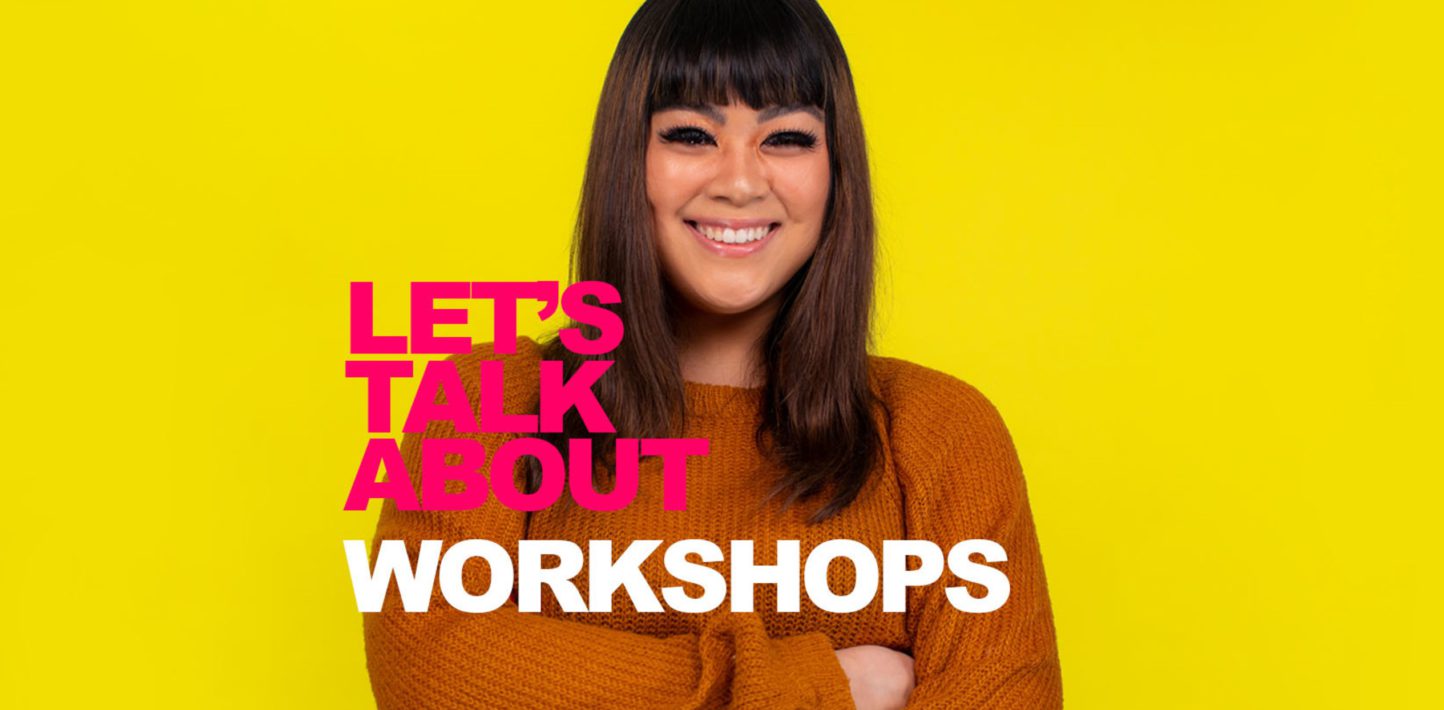It can be very rewarding and motivating to campaign together as a group. One way to bring others in could be to design and run workshops. Here are some ideas about the process and the content, including workshop design and facilitation, tips to consider in workshops and examples to run a consent workshop and a creative ideation process. There are many different approaches and exercises for consent training and workshops. The ones below are based on experiences from activists who have contributed to this toolkit.
Design your workshop
Before designing a workshop, you should be able to clearly answer: what is its purpose or intention and what are the desired outcomes? Once you have these, you could use the I.D.O.A.R.T framework to design it.
Make sure you have the right space, time and facilitation methods for the number of participants, and a good facilitator who is clear about the intention of the workshop and can guide the group to reach the desired objectives, adapting as needed. Here are some facilitation resources.
How to talk about rape and consent in workshops :
- The issue must be inclusive of all participants, taking into account diversity and different codes (such as wearing a headscarf or veil)
- Use inclusive language: non-binary in terms of gender; the language that we use encapsulates all audiences but also be mindful that rape is a gendered issue
- Open up artistic forms of participation to the maximum extent possible: drawing, engraving and printed images, painting, photography, comics, illustration, etc.
- Create a safe space. Honesty is important when talking about sensitive topics like consent and must be coupled with respect for other people’s points of view. It’s ok if you make some mistakes when talking about rape and consent, as long as we can learn to recognise them and make changes in the way we think
- Ensure you create a safe space for people in the workshop; discuss “ground rules” at the start, including confidentiality (e.g. what is said in the room stays in the room) and reassure participants that they can step out of the room whenever they need to. Ideally, you would have access to a room for people to take a break in and relax. If possible, one person should facilitate that space
- Compile and share a list of resources on psychological, medical and legal support freely available in your community with all participants before the workshop. While we cannot know whether participants who are survivors are sufficiently psychologically prepared to take part in the workshop, we can minimise risks and equip everyone with support available, if needed. Be ready in case some people might “come out” for the first time during the workshop. See guidance in the next blog in this series.
- Ice-breakers can be a good way to get a group of people more comfortable with each other before talking about an “awkward” topic like sexual consent. Try group introductions, sharing a funny, exciting or awkward experience you had recently, or any kind of silly game
- Beware of personal stories. You shouldn’t reveal other people’s personal stories and information, especially if they are not present. People may consider using their own stories or fictional scenarios, only if they would feel comfortable to do so. Avoid using “I” or giving other participants’ names when discussing scenarios
- For many survivors of sexual violence, it is a huge step to talk about their own experiences, overcoming the stigma still attached to rape, public shaming and threats. Their bravery should not be underestimated.
- Consider opportunities to raise awareness of diversity and inclusivity and to highlight people’s specific experiences. For example, people who are refugees or homeless or transgender and how situations and experiences may differ for them.
Creative ideation workshop
If you want to generate ideas with a group of people on how to represent what consent looks like, you could host a creative ideation workshop. See guidance in Chapter 5 of the toolkit.
Read more about how to respond and support survivors of sexual assault in the next blog.


